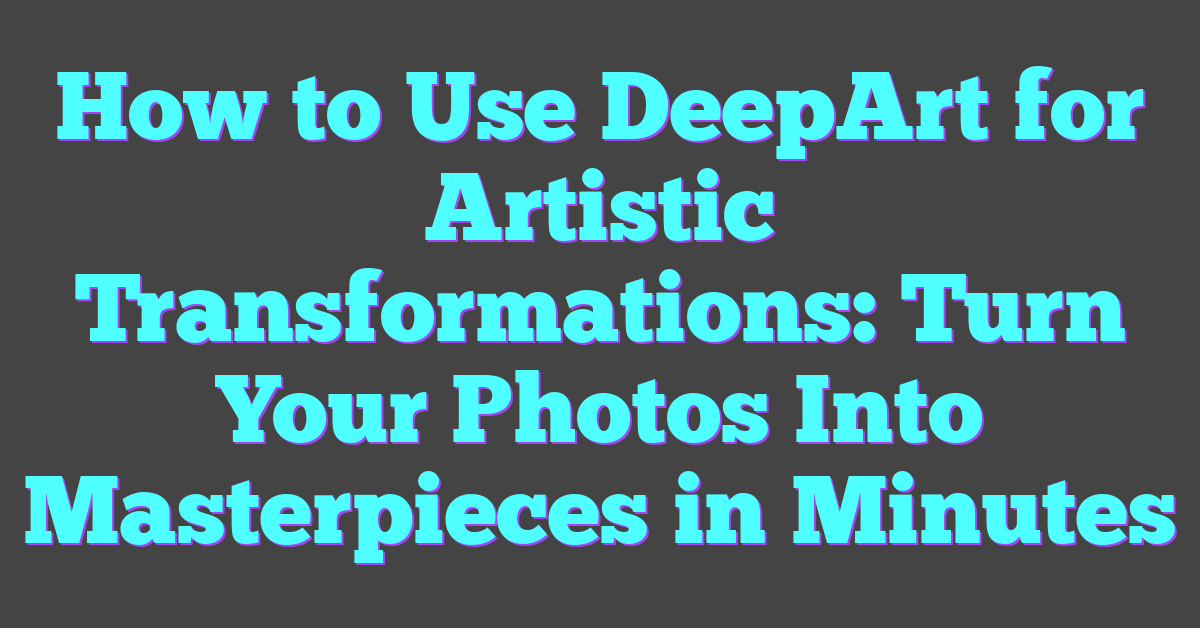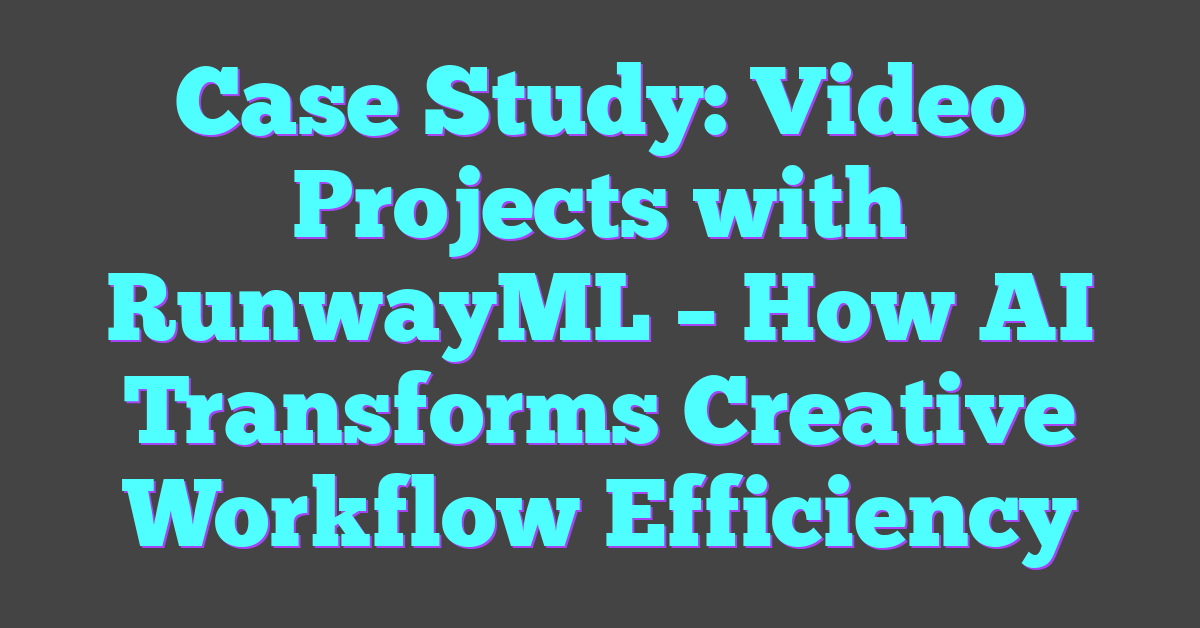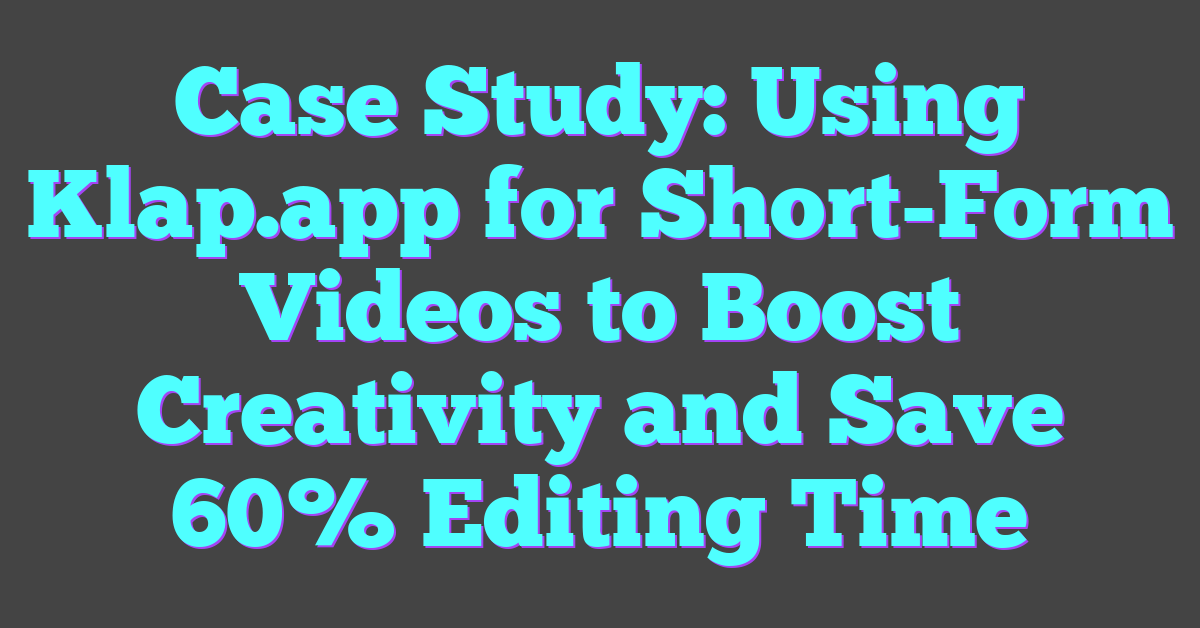In an age where artificial intelligence is rapidly advancing, the lines between creativity and replication can get a little blurry. Many wonder if using AI to generate content is just another form of plagiarism. After all, if a machine is producing work based on pre-existing data, can it truly be considered original?
It’s a fascinating question that delves into the ethics of technology and the nature of creativity itself. As AI tools become more sophisticated, understanding the difference between inspiration and outright copying is more important than ever. Let’s explore whether AI-generated content is merely a modern twist on an age-old problem or something entirely new.
Understanding AI and Plagiarism
In the evolving world of artificial intelligence and content creation, it’s essential to understand the key differences between AI and plagiarism. By exploring the nuances of both, one can better appreciate their roles and implications.

Defining Artificial Intelligence
Artificial intelligence (AI) refers to the simulation of human intelligence processes by machines, especially computer systems. These processes include learning (obtaining information and rules for using it), reasoning (using rules to reach approximate or definite conclusions), and self-correction. AI can be categorized into narrow AI, which performs specific tasks, and general AI, which has the potential to handle any intellectual task.
For instance, AI exhibits capabilities such as natural language processing, image recognition, and decision-making. AI systems derive these abilities from algorithms and vast datasets, enabling them to improve over time through machine learning and deep learning techniques.
What Constitutes Plagiarism?
Plagiarism is the act of using someone else’s work or ideas without proper attribution, presenting it as one’s own. It is considered a serious ethical violation in academia, publishing, and other creative fields. Plagiarism can appear in various forms, including direct copying, paraphrasing without acknowledgment, and using source material without proper citations.
Plagiarism detection tools, such as Turnitin and Copyscape, scan texts for similarities to previously published material. These tools aim to ensure the originality and integrity of content by comparing it to extensive databases of existing work.
Understanding these definitions helps clarify the distinction between AI-generated content and plagiarism, guiding the ethical use of AI in content creation.
Comparing AI-Generated Texts to Human-Created Contents
AI-generated texts and human-created content offer unique attributes, impacting originality and creativity distinctively. Comparing these can help in understanding their respective strengths and constraints.
How AI Tools Generate Content
AI tools generate content using algorithms and vast datasets. These systems utilize deep learning and neural networks to analyze patterns in existing texts. For instance, GPT-3, developed by OpenAI, processes large volumes of text data to produce coherent and contextually relevant sentences. The generation process involves understanding syntax, semantics, and contextual relevance to create output that mimics human writing. Despite this, AI lacks intrinsic creativity and understanding, relying purely on learned patterns.
The Originality Debate in AI Outputs
The originality of AI-generated content sparks ongoing debates. Critics argue that since AI tools derive outputs from pre-existing data, they cannot produce truly original work. Every generated text is a byproduct of the training data and algorithm design. Proponents, however, highlight that AI introduces novel combinations of ideas and expressions within the constraints of its programming. For example, AI can generate innovative marketing copy or assist in drafting complex reports, merging learned information in unique ways. While AI outputs aren’t plagiarized, their originality is bound by the scope of the input data and algorithmic creativity.
Legal and Ethical Considerations
Intellectual Property Rights and AI
Intellectual property rights (IPR) play a crucial role in the domain of AI-generated content. When AI creates content, questions arise regarding the ownership of that content. The creator of the AI, often the developer or company behind the AI system, might hold copyright claims. However, since AI models, like those developed by OpenAI and Google, learn from datasets that include copyrighted works, ambiguity exists over derivative content rights. In the United States, copyright law does not currently recognize AI as an author, leaving human creators and organizations responsible for any generated content.
In practical terms, if an organization uses GPT-3 to write a blog post, the organization, not the AI, holds the rights to the content. It’s essential to attribute sources when AI systems reference existing works. Misappropriation of someone else’s content, even when done by AI, can still lead to legal complications.
Ethical Implications of Using AI in Academic Settings
Using AI in academic settings introduces various ethical concerns. When students use AI tools to generate essays or research papers, the ethical line between assistance and cheating blurs. Educational institutions need to establish and enforce policies that delineate acceptable and unacceptable uses of AI. For example, using AI to generate data-driven insights can be useful, but relying on AI to write entire papers undermines academic integrity.
Educators and students must understand the potential biases within AI outputs. Since AI models learn from existing texts, they can perpetuate existing biases present in the training data. This awareness leads to more responsible usage and critical evaluation of AI-generated content in academic contexts. Moreover, transparency in disclosing the use of AI in producing academic work is crucial to maintaining trust and integrity in educational systems.
Case Studies and Examples
Notable Incidents of AI in Education and Journalism
Numerous incidents highlight the impact of AI in education and journalism. In 2020, a high school in the United States used an AI tool to detect plagiarism in student essays. The AI flagged several assignments, resulting in debates about the reliability and fairness of AI-driven assessments. Teachers argued that the tool sometimes misidentified paraphrased content as plagiarism.
In journalism, The Associated Press employs AI to automatically generate earnings reports. These reports are factual and free from biased language, demonstrating how AI can streamline routine tasks. However, journalists expressed concerns about over-reliance on AI potentially leading to job losses.
Legal Precedents Involving AI and Copyright Claims
Legal cases have started to address AI’s role in copyright infringement. In Authors Guild v. Google, an AI tool scanned millions of books to create a searchable database. The court ruled this as transformative use, suggesting AI can process copyrighted materials under specific conditions.
Another case involved an AI-generated artwork that won a prestigious art competition. The piece sparked debates on whether the AI or its programmer should own the copyright. Courts have not yet fully addressed these questions, but emerging cases highlight the legal complexities surrounding AI and intellectual property rights.
In both education and journalism, legal precedents continue to evolve, balancing innovation with ethical and legal considerations.
Conclusion
AI’s role in content creation is a fascinating and complex topic. While it offers innovative ways to generate material, it’s essential to distinguish it from plagiarism. The legal and ethical landscape surrounding AI-generated content is still evolving, highlighting the need for clear guidelines and responsible use.
As AI continues to integrate into various fields like education and journalism, transparency and critical evaluation remain key. Ensuring that AI tools are used ethically will help maintain the integrity of the work produced. Balancing innovation with legal and ethical considerations will shape the future of AI in content creation.
Frequently Asked Questions
What are AI content creation tools?
AI content creation tools are software applications that use artificial intelligence, often powered by deep learning models like GPT-3, to generate written or visual content automatically.
How is AI-generated content different from plagiarism?
AI-generated content is produced by machine learning models that generate original text based on learned patterns, whereas plagiarism involves copying and presenting someone else’s work as your own without permission.
Who owns the rights to AI-generated content?
Ownership of AI-generated content is currently a gray area. Generally, the individuals or entities commissioning the AI to create the content are considered the rights holders, but legal frameworks are still evolving.
What are the ethical concerns surrounding AI-generated content in education?
Key ethical concerns include the potential for facilitating cheating, introducing biases in AI-generated work, and the need for clear policies to maintain academic integrity.
How can educational institutions prevent cheating with AI tools?
Educational institutions can prevent cheating by implementing transparent policies, using AI detection tools to identify AI-generated content, and fostering a culture of academic integrity.
What legal precedents affect AI-generated content?
Notable legal precedents, such as the Authors Guild v. Google case, have started to address issues of copyright and AI-generated content, but the legal framework is still developing.
Are there any known incidents of AI use in education and journalism?
Yes, instances include a high school utilizing AI to detect plagiarism and The Associated Press using AI to generate earnings reports, highlighting both beneficial and controversial aspects of AI in these fields.
What role does transparency play in AI-generated content?
Transparency is crucial for maintaining trust and integrity, particularly in education and journalism, ensuring that users are aware of AI involvement in content creation and can critically evaluate the outputs.




